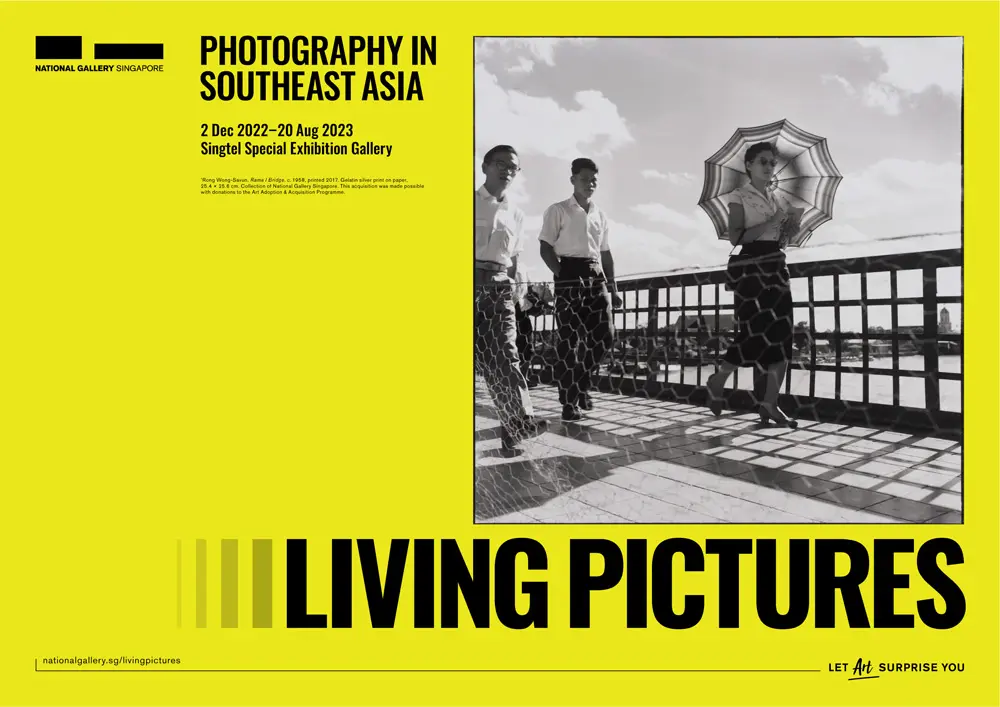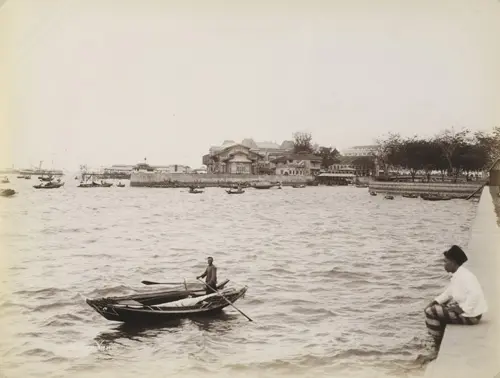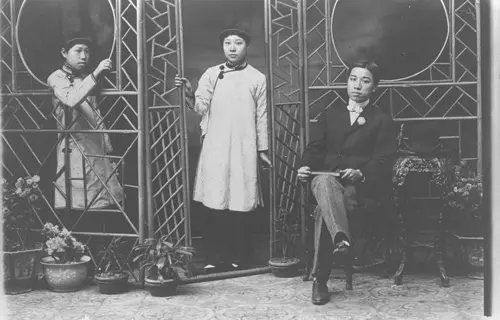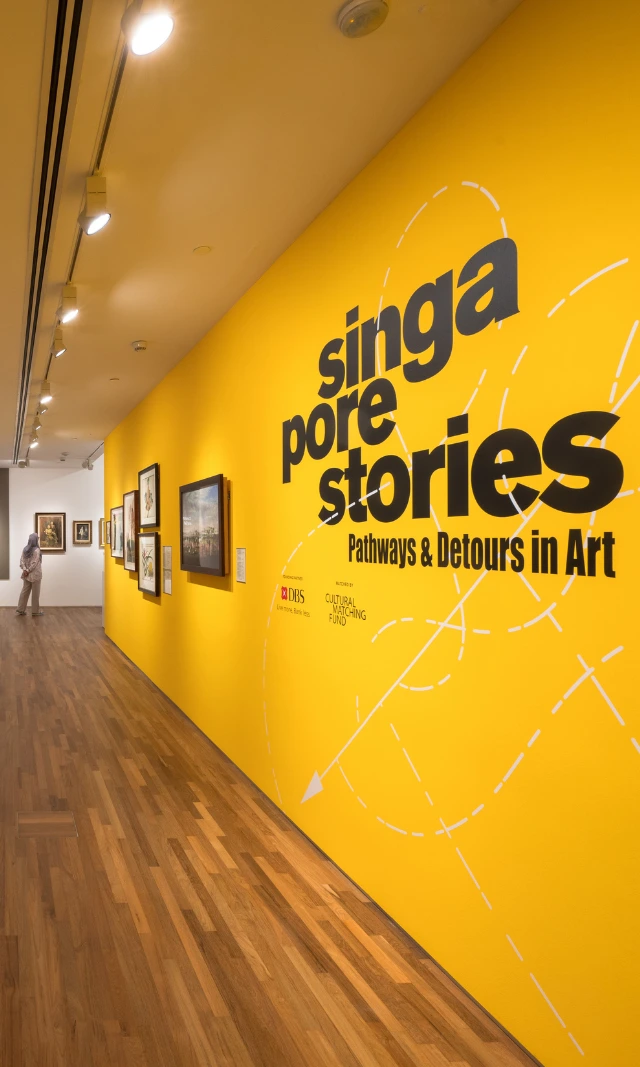Beyond The Selfie: 150 Years Of Photography In Southeast Asia

Singapore, 23 November 2022 – Be swept into the enthralling world of photography at National Gallery Singapore this December. Showcasing diverse mediums and modes of photography, 3D displays and engaging hands-on activities, the Gallery presents the first-ever comprehensive look at photography in the region across 150 years at its year-end special exhibition – Living Pictures: Photography in Southeast Asia.
Photography has evolved into the most accessible medium of our present time, especially with the proliferation of smartphone cameras and social media. As we snap away to capture moments of everyday life for personal use, to what extent is photography shaping the way we view the world, and how we want others to view ourselves?
From 2 December 2022 to 20 August 2023, visitors will be treated to an extensive display of over 300 works from the mid-19th century until the present, captured by photographers from across the region. Structured chronologically, the exhibition traces how photography started in Southeast Asia, and the evolving functions and influences of the compelling visual medium to provoke a rethinking of photography’s role in shaping Southeast Asia’s historical narratives and worldviews.
Visitors can look forward to a visually rich and interactive exhibition experience with hands-on and drop-in activities, such as making zines to spark creative play.
Extending into the digital realm, visitors will also encounter works on the Gallery’s Instagram account @nationalgallerysingapore and engage with four photographers (via Ask Me Anything sessions) notable for utilising social media for and in their work.
Dr. Eugene Tan, Director of National Gallery Singapore, says, “The Gallery is proud to be presenting the groundbreaking exhibition which delves into the history of photography in the region, to prompt greater contemplation of our histories, narratives, and identity. Living Pictures is a pivotal exhibition, not just for the Gallery as a museum dedicated to modern Southeast Asian art, but also for greater scholarship on our region. We hope this exhibition intrigues visitors to view the exhibition, surprises with unexpected displays of photography and presents fresh perspectives of photography as a visual storytelling medium.”
Mr Yuen Kuan Moon, Singtel’s Group Chief Executive Officer said, “As the region’s leading communications technology group, Singtel is glad to be part of the mobile internet revolution where the proliferation of smartphone cameras and social media has seen unprecedented documentation and sharing of personal memories and meaningful moments. The Living Pictures exhibition comes from this same spirit of capturing life’s important moments across the ages, through the powerful medium of photography, with some images taken with the smartphone. Photography has evolved with technology and connectivity and today, with a smartphone in hand and powered by the Singtel Group’s seamless 5G connectivity, everyone is a photographer. We look forward to helping more people share their memories with others around the world.”
Living Pictures: Photography in Southeast Asia is proudly supported by Lead Partner Singtel.
Snapshots of 150 years of Southeast Asia photography: Exhibition Highlights
Sectioned into five thematic spaces at Singtel Special Exhibition Gallery and on Instagram, Living Pictures features a rich selection of works, from colonial images, studio portraits and documentary photography to photo albums, photos meant for social media and works with modern interventions. However, this extensive display of various modes, methods and mediums of photographs is driven by one key question: how have photographs changed the lens through which we view the world?

The exhibition begins with photography’s early arrival in Southeast Asia, treating visitors to fascinating images of landscapes across the region and portraits of local people. Many of these images were captured by European photographers for European audiences. They were circulated in books and as postcards and were also used to promote tourism and investment. Visitors to the exhibition may swipe across interactive screens to “flip” through digital versions of photo albums on display.
As cameras became more accessible worldwide, photographic production shifted from Europeans to photographic studios run by Southeast Asian, Chinese, Japanese, South Asian and other photographers. This was an important shift toward locals taking more agency over the creation and distribution of images. Previously, European studios such as G.R. Lambert & Co. made images largely as souvenirs for Europeans, but now local consumers became an increasingly significant market. As commissioned photographs became more accessible, they played an important role in marking special occasions.

Lee Brothers Studio, set up by a large Cantonese family, was a popular choice for studio portraits amongst a diverse client demographic in Southeast Asia. Studios would offer a wide range of options for props and set-ups, allowing clients to direct and create portraits according to their preferences. At the exhibition, visitors may also enjoy a similar experience at Level 3 of the City Hall Foyer. Taking inspiration from the studio portraits on display in the exhibition, there will be a photo backdrop and props provided for visitors to create their own images.

Visitors will also be confronted by compelling images of documentary photography, including images from the Second Indochina War. Former Associated Press photographer Nick Ut’s world-renowned The Terror of War (1972) will be on display alongside photographs by Vietnamese photographer Võ An Khánh and late Singaporean photojournalist Terence Khoo. As they ponder on these images, visitors will also be prompted to imagine the stories and implications highlighted by the contrasting realities from different perspectives.
As visitors journey towards the present, artists began challenging the conventional roles and status of photography as a neutral documentary medium and shifted towards conceptualism and institutional critique. Artists explored and experimented with new methods of image creation, often turning the camera towards themselves as they contemplated the imaginative space of the image.
At Living Pictures, visitors can step into Dinh Q Lê’s impressive 3D installation – titled Crossing the Farther Shore (2014), where they will be surrounded by an immersive weaved structure comprising over 5,000 found photographs mostly from pre-1975 South Vietnam. Heman Chong’s God Bless Diana (2004) takes the form of postcard shop which visitors may enter to purchase and bring home a piece of the exhibition and think about the value of photographs in today’s digital age.

The digital age also revolutionised photographic practices. New tools provided avenues for deliberate storytelling through elaborate yet seamless interventions to modify images. The exhibition also comes full circle as visitors are presented with various activations of photographs to re-imagine history and society today.
For example, Thai Politics no. 2, vol. 1. (2010) by Miti Ruangkritya features a series of Photoshopped images collected from the “Thaksin where are you?” Facebook group. Meme culture is reflected in this series of photos as public users edited images of former Prime Minister Thaksin Shinawatra in a wide variety of humorous scenes that satirised the unknown whereabouts of the former Thai leader.
In addition, new digital spaces for circulation and consumption have also come into play, elevating photography to become the dominant visual medium of this generation. Propagating a strong visual culture, social media has shaped the way people view the world and engage with each other on current topics.
Reflecting this extension into the digital, the Gallery continues its exhibition online, and has invited four notable photographers to present a selection of their works on its Instagram page, @nationalgallerysingapore. The photographers are Singapore-based photographer Nguan; Burmese artist Shwe Wutt Hmon; Veejay Villafranca from the Philippines; and Indonesian Agan Harahap – all of whom have some elements of their photography practices mirrored in the physical exhibition galleries and may attribute aspects of their popularity to social media.
Living Pictures: Photography in Southeast Asia will run from 2 December 2022 to 20 August 2023 at the Singtel Special Exhibition Gallery, Level 3, City Hall Wing. Visitors may also step inside our Community Art Space inspired by the art of photography at the City Hall Foyer, Level 3, City Hall Wing. The online exhibition on Instagram will run from December 2022 to March 2023.
General Admission (free for Singaporeans and PRs) applies. Viewer discretion is advised for selected artworks.
More information can be found in the following annex or visit www.nationalgallery.sg/livingpictures. Media assets may be found here.








